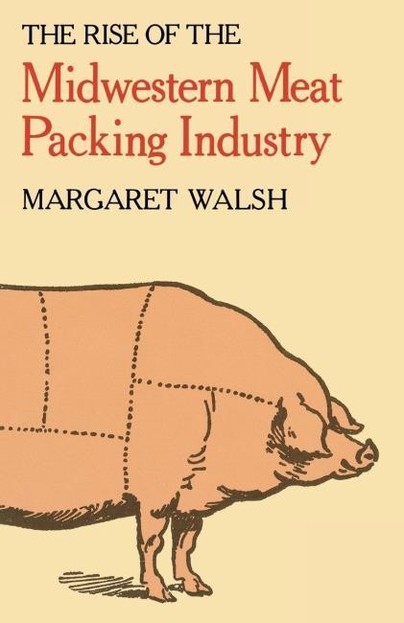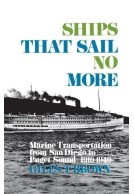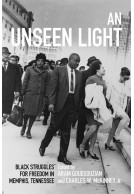The Rise of the Midwestern Meat Packing Industry (Paperback)
Imprint: University Press of Kentucky
Pages: 192
Illustrations: Illus
ISBN: 9780813155296
Published: 15th July 2014
Script Academic
Pages: 192
Illustrations: Illus
ISBN: 9780813155296
Published: 15th July 2014
Script Academic
Please note this book may be printed for your order so despatch times may be slightly longer than usual.
You'll be £18.00 closer to your next £10.00 credit when you purchase The Rise of the Midwestern Meat Packing Industry. What's this?
+£4.99 UK Delivery or free UK delivery if order is over £40
(click here for international delivery rates)
Order within the next 5 hours, 27 minutes to get your order processed the next working day!
Need a currency converter? Check XE.com for live rates
(click here for international delivery rates)
Order within the next 5 hours, 27 minutes to get your order processed the next working day!
Need a currency converter? Check XE.com for live rates
The history of the meat packing industry of the Midwest offers an excellent illustration of the growth and development of the economy of that major industrial region. In the course of one generation, meat packing matured from a small-scale, part-time activity to a specialized manufacturing operation. Margaret Walsh's pioneering study traces the course of that development, shedding light on an unexamined aspect of America's economic history.
As the Midwest emerged from the frontier period during the 1840s and 1850s, the growing urban demand for meat products led to the development of a seasonal industry conducted by general merchants during the winter months. In this early stage the activity was widely dispersed but centered mainly along rivers, which provided ready transportation to markets.
The growth of the railroads in the 1850s, coupled with the westward expansion of population, created sharp changes in the shape and structure of the industry. The distinct advantages of good rail connections led to the concentration of the industry primarily in Chicago, but also in St. Louis and Milwaukee. The closing of the Mississippi River during the Civil War insured the final dominance of rail transport and spelled the relative decline of such formerly important packing points as Cincinnati and Louisville.
By the 1870s large and efficient centralized stockyards were being developed in the major centers, and improved technology, particularly ice-packing, favored those who had the capital resources to invest in expansion and modernization. By 1880, the use of the refrigerated car made way for the chilled beef trade, and the foundations of the giant meat packing industry of today had been firmly established.
Margaret Walsh has located an impressive array of primary materials to document the rise of this important early industry, the predecessor and in many ways the precursor of the great industrial complex that still dominates today's midwestern economy.
Other titles in University Press of Kentucky...















